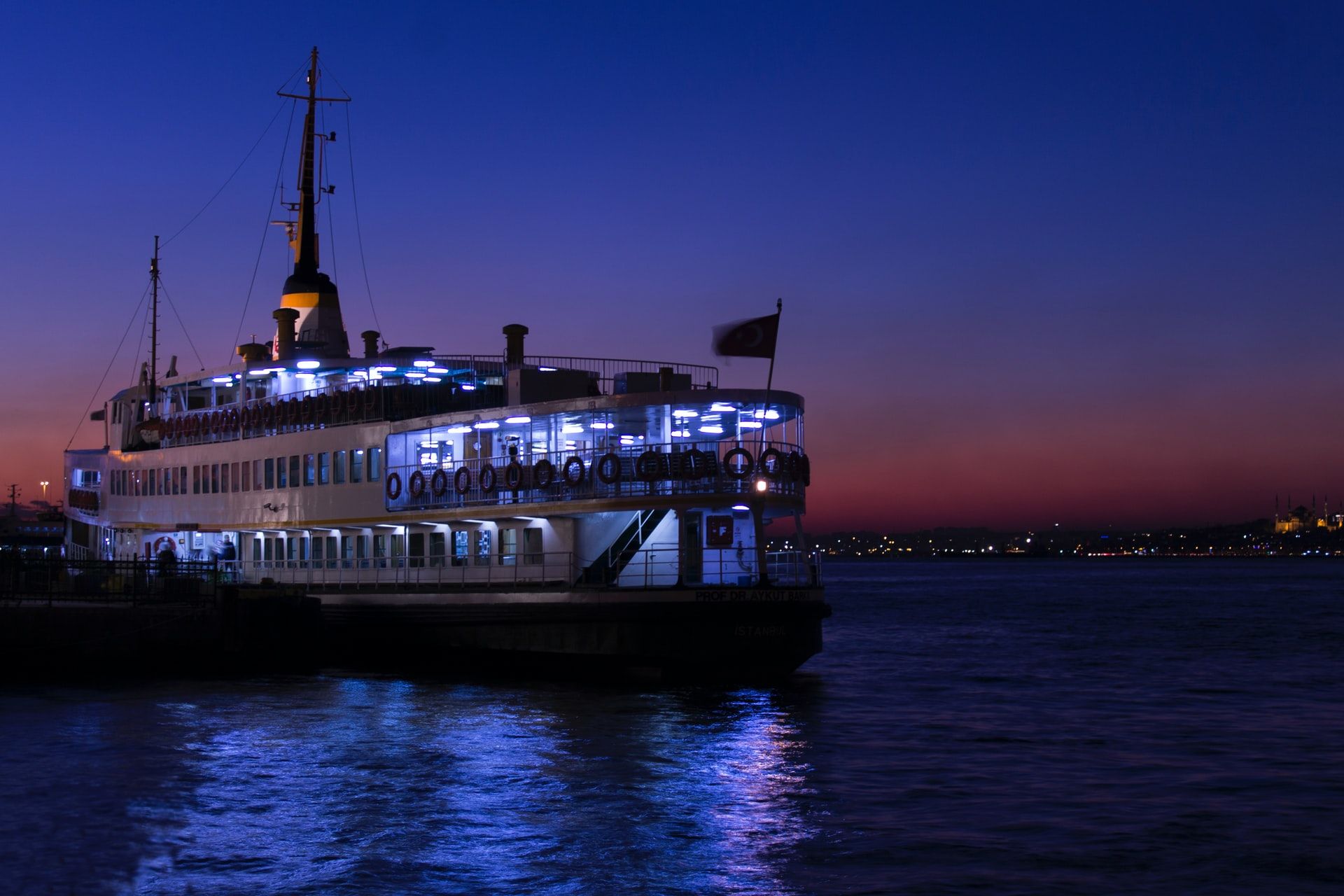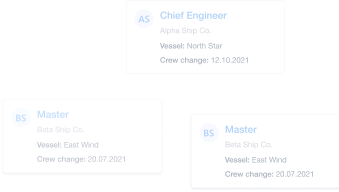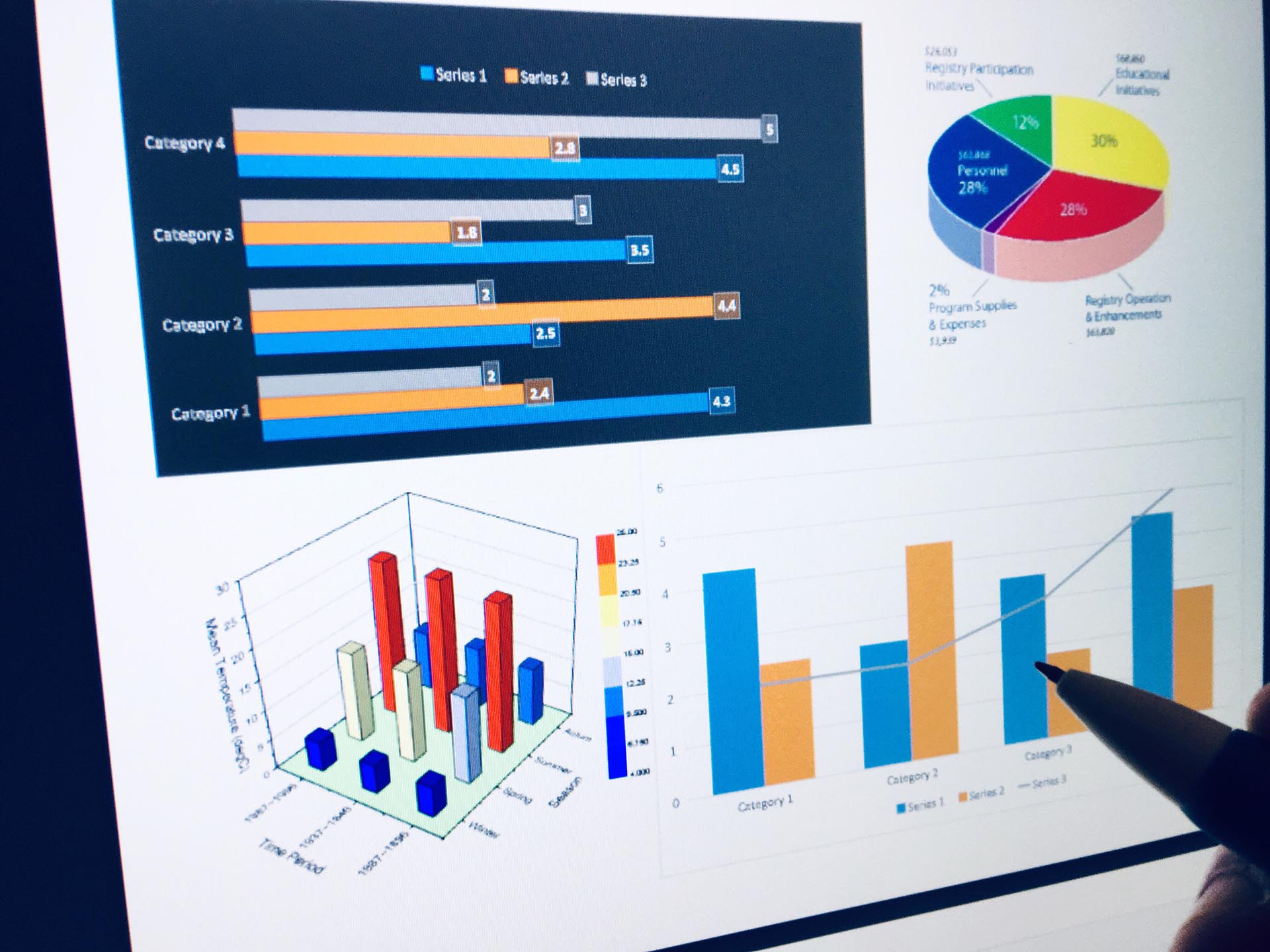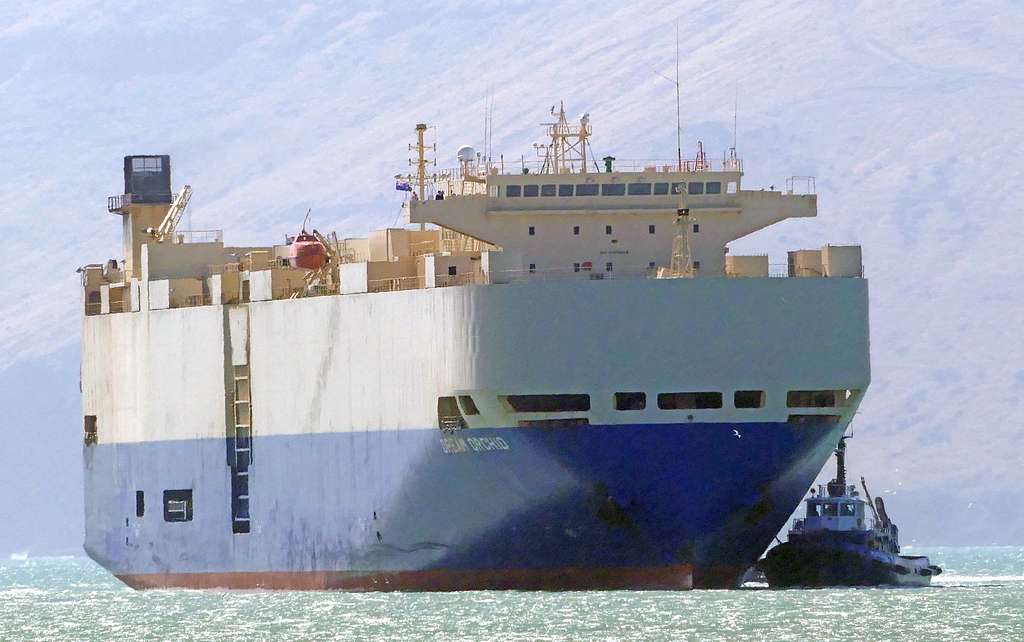The ferry is perhaps one of the unsung heroes of the merchant navy. It doesn’t spring to mind like cargo and container ships or oil tankers do. It’s not astronomically sized like heavy lift carriers or supramax vessels and it doesn’t really do anything exciting like an icebreaker or a fireboat, but the humble ferry is an important part of daily life for people all over the world.
At Martide there’s nothing we like better than exploring different seafarer jobs and types of vessels in our blog posts and after writing about many different types of vessels, including chemical tankers, fishing boats, bulk carriers and feeder vessels, we thought it was about time that we took a closer look at the ferry.
Everything you need to know about ferries
Ferries are mainly known as a type of boat that transports passengers from one place to another, and then, often, back again.
Read more: Everything You Need to Know About Coaster Vessels
They have more in common with a bus or train than a cruise ship as their main purpose is to provide passengers with a form of transportation for a reason rather than for leisure - particularly in areas that have a lot of water.
Having said that, there are passenger ferries which are part of the leisure industry: think cross channel ferries which transport people from the UK who want to travel to France or Spain for a vacation, or the ferries that take holiday-makers from one Greek island to another.
ARE YOU LOOKING FOR JOBS ON PASSENGER SHIPS? VIEW MARTIDE’S PASSENGER SHIP JOBS NOW!
People use ferries as part of their daily commute. For example, if you live in one part of Sydney, Australia but work across the harbor, the ferry will probably be a far quicker route to the office than traveling around the bay by road-based public transport.
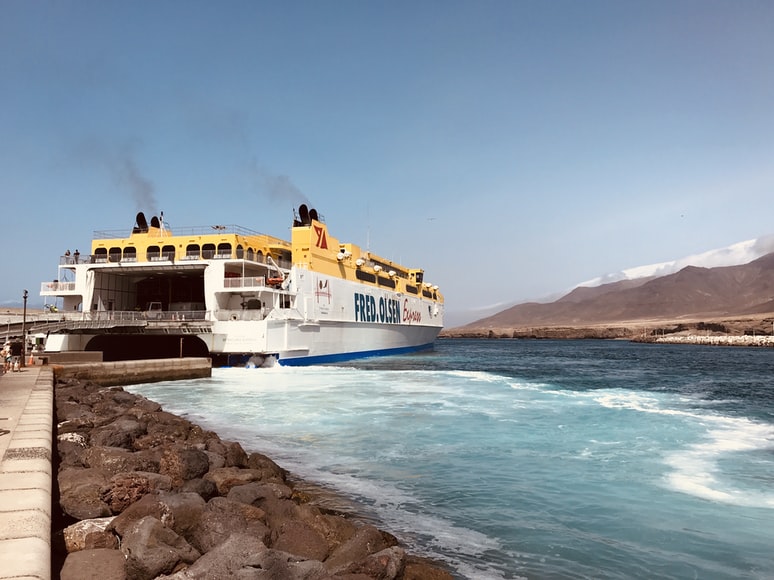
The history of the ferry
The ferry was a necessity in the days before engineers knew how to design and construct bridges and tunnels over and under large bodies of water.
Read more: Everything You Need to Know About Cable Laying Ships
And while today there is no shortage of ferries sailing from one part of Greece to another, and around the islands, and fittingly, what is commonly agreed by historians to be the most well-known early use of the ferry is in Greek mythology. As the story goes, Charon the ferryman carried the souls of the dead across the River Styx.
The earliest ferries were small watercraft which were propelled by poles or oars. As the ferry evolved, bigger flatboats took over, with sails also added to some boats for use when the conditions allowed.
Read more: Everything You Need to Know About Tugboats
Some bigger ferries even used horses as a means of propulsion, either using the animals to walk in a circle around a capstan that hauled ropes, thus pulling the ferry along, or by walking upon a treadmill which was attached to paddle wheels.
As the 19th Century approached, the first steam powered ferry in the United States was launched in 1790 on the Delaware River.
Despite not being a commercial success, it paved the way for a new era of ferries which were now bigger, faster and more dependable.
Read more: Everything You Need to Know About Pilot Boats
It became apparent that it wasn’t just people who needed to cross rivers, lakes and bays, but their transport needed to travel too. Ferries thus adapted further to be able to take onboard horses and carts and wagons, much in the way that people today drive their cars, vans, motorcycles and even trucks onto ferries.
With the ferry increasing in popularity and with more and more people using its routes to transport and sell goods, it became apparent that there was a need to allow vehicles to board and disembark efficiently. And so ferry terminals were built.
Read more: Everything You Need to Know About Offshore Vessels
It wasn’t long before the shipping industry as a whole evolved further and steam engines were replaced by diesel, in all types of vessels, ferries included.
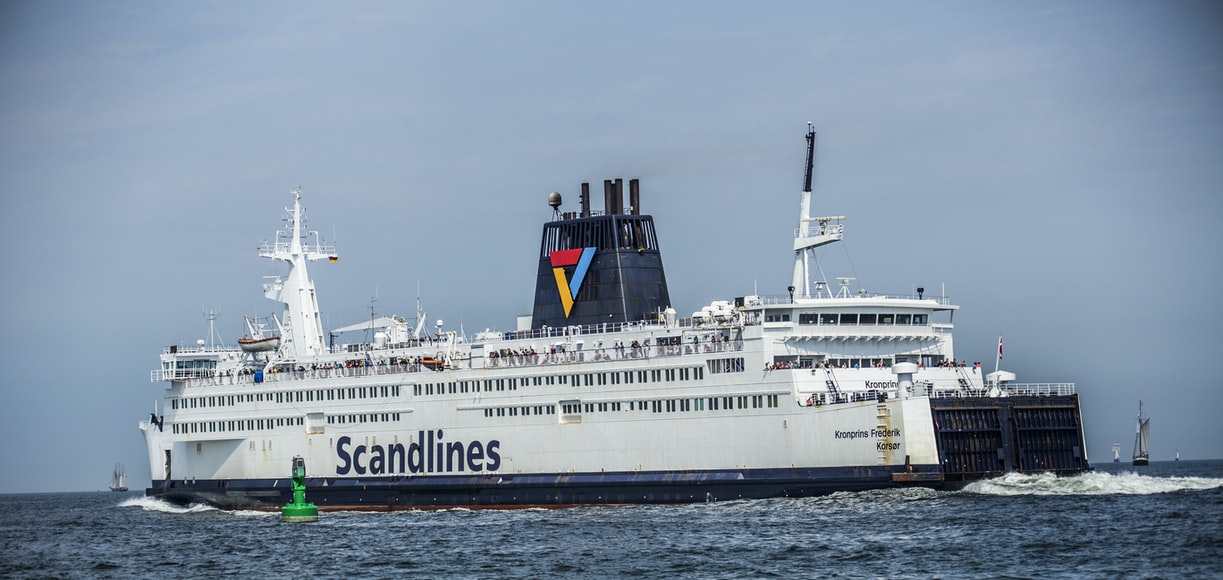
However, the world was changing too and as the car became the king of the road and trucks became increasingly bigger, many ferries were unable to cope with the demand or the load.
This led to more bridges and tunnels being constructed and in many places, reliance on the ferry for cross-water transportation began to die out.
What are some different types of ferry?
The word ‘ferry’ is generic and covers a number of different designs and types of boat. We’ll take a look at a few different types of ferry here.
Car ferries
Car ferries are cargo ships used for the transportation of wheeled vehicles and are also known as car carriers. Car carriers can be split into two different types: Ships that carry only cars are known as Pure Car Carriers (PCC), whilst the vessels that carry various types of four-wheeled cargo are known as Pure Car Truck Carriers (PCTC).
ARE YOU LOOKING FOR JOBS ON CAR CARRIERS? VIEW MARTIDE’S CAR CARRIER JOBS NOW!
These sorts of vessels are also known as RoRo ships - short for Roll-On/Roll-Off, which is precisely how the wheel cargo is loaded and unloaded.
Read more: Everything You Need to Know About LNG & LPG Tankers
RoRo ferries
Similarly, a ferry that carries both vehicles as cargo as well as passengers may also be referred to as a RoRo ferry. Passengers will walk or drive onto the ferry and then leave their cars once they are safely parked onboard.
ROPAX ferries
Not that different to a RoRo ferry, a ROPAX ferry is one which is designed to accommodate both vehicles and passengers. ROPAX stands for Roll-On/Roll-Off Passenger.

Cross channel ferries
As the name suggests, a cross channel ferry, or channel ferry, is a ship that crosses a channel of water between two countries, Most specifically, the narrow stretch of water between England and France known as the English Channel (to the British) or La Manche (to the French.)
Today there are a number of different companies operating cross-channel ferries that shuttle to and fro between both England and France as well as between England and other mainland European ports.
ARE YOU LOOKING FOR JOBS ON PASSENGER SHIPS? VIEW MARTIDE’S PASSENGER SHIP JOBS NOW!
Double-ended ferries
A double-ended ferry alternates the front (bow) and back (stern) of the vessel, depending on which direction it is traveling in. A bit like a metro or underground train. This also means that vehicles are driven on and off both ends of the vessel.
Catamarans
A catamaran is a twin-hulled boat and the term can be used to describe anything from a sailing yacht with two hulls to a twin-hulled ferry. Most catamaran ferries are passenger boats and they are known for their speed.
Why the ferry isn’t going anywhere
In many areas across the globe, ferries are still very much a way of life. Bridges and tunnels may be built but many people still rely on the ferry to get from A to B and back again, particularly in coastal areas or archipelagic states such as the Philippines, Indonesia, Japan and the UK which depend on ferries for domestic transportation between their islands.
Find out more about other types of vessels
If you’re looking for more information about dredgers, lightships, gas carriers or crane vessels keep on reading as we have all the info you need to know!
Read the previous article in this series: Everything You Need to Know About Fishing Vessels
Read the next article in this series: Everything You Need to Know About Mining Ships

Eve Church
Eve is Martide's content writer, publishing regular posts on everything from our maritime recruitment and crew planning software to life at sea. Eve has been writing professionally for more than two decades, crafting everything from SEO-focused blog posts and website landing pages to magazine articles and corporate whitepapers.
UK
